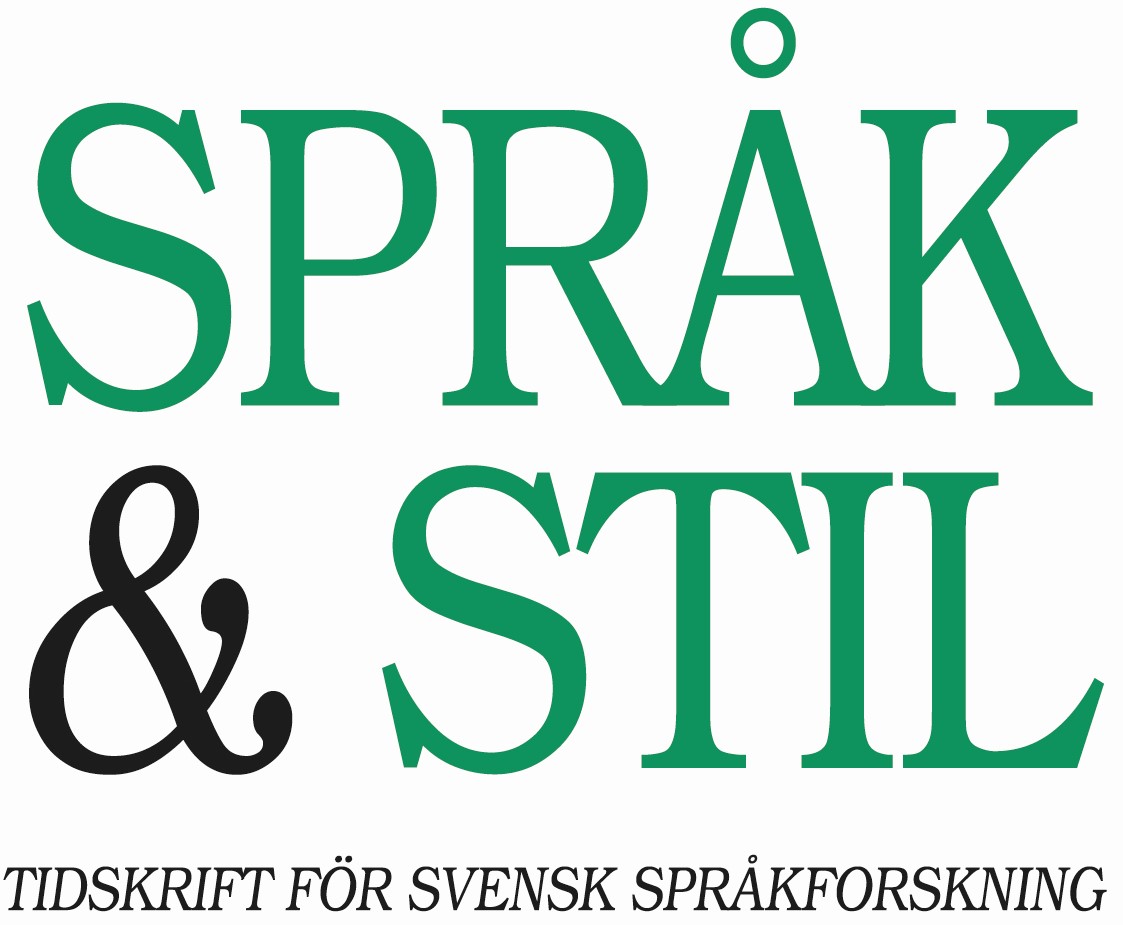Ligger »nästan inföddlikhet» i tvåspråkighetens natur?: Om ålders- vs tvåspråkighetseffekter vid andraspråksinlärning
DOI:
https://doi.org/10.33063/diva-434153Abstract
The relatively recent insight, that the ultimate attainment of childhood L2 learners does not always – or, in fact, does not very often – converge fully with that of native speakers, has called into question age of acquisition (AoA) as the cause of such near-native (rather than nativelike) ultimate attainment. An alternative, increasingly popular, interpretation is that the subtle differences between near-native and nativelike language knowledge and behavior arise, not as an effect of AoA, but merely as an artefact of the customary, allegedly biased comparison between monolingual and bilingual speakers. Along similar lines, it is commonly held that it is the monolingual acquisition (made possible through total L1 loss and ‘neural resetting’) that makes it possible for internationally adopted children to become fully nativelike in their L2 (or “new L1”). With data from a recent series of studies, we challenge these views. In these studies, speakers of Swedish, who were either L1 monolinguals, L1 (simultaneous) bilinguals, early L2 (sequential) monolinguals, or early L2 (sequential) bilinguals, were tested on a total of 13 measures of language representation and processing in Swedish, covering both production and perception of phonetics, morphosyntax, and lexis. The results show consistent effects of AoA but next-to-negligible effects of bilingualism on ultimate attainment, suggesting that AoA – not bilingualism – is the primary determinant of L2 ultimate attainment.
Downloads
Publicerad
Nummer
Sektion
Licens
Copyright (c) 2021 Författarna

Det här verket är licensierat under en Creative Commons Erkännande 4.0 Internationell-licens.
Författare som bidrar till Språk & stil har givit sitt medgivande att publicera sina artiklar under en Creative Commons-licens (Creative Commons CC-BY 4.0), vilket ger tredje part rätt att kopiera och återdistribuera materialet i vilket medium eller format som helst. Det ger också tredje part rätt att bearbeta, förändra och vidareutveckla materialet för vilket syfte som helst, inklusive kommersiellt, på villkor att tydligt erkännande ges till verkets upphovsperson, att en länk till licensen tillhandahålls och att det tydliggörs om ändringar av verket har gjorts. Detta ska göras på skäligt vis, och får ej förespegla att licensgivaren godkänner tredje part eller vederbörandes användning av verket. Författaren/författarna behåller copyright till verket.


